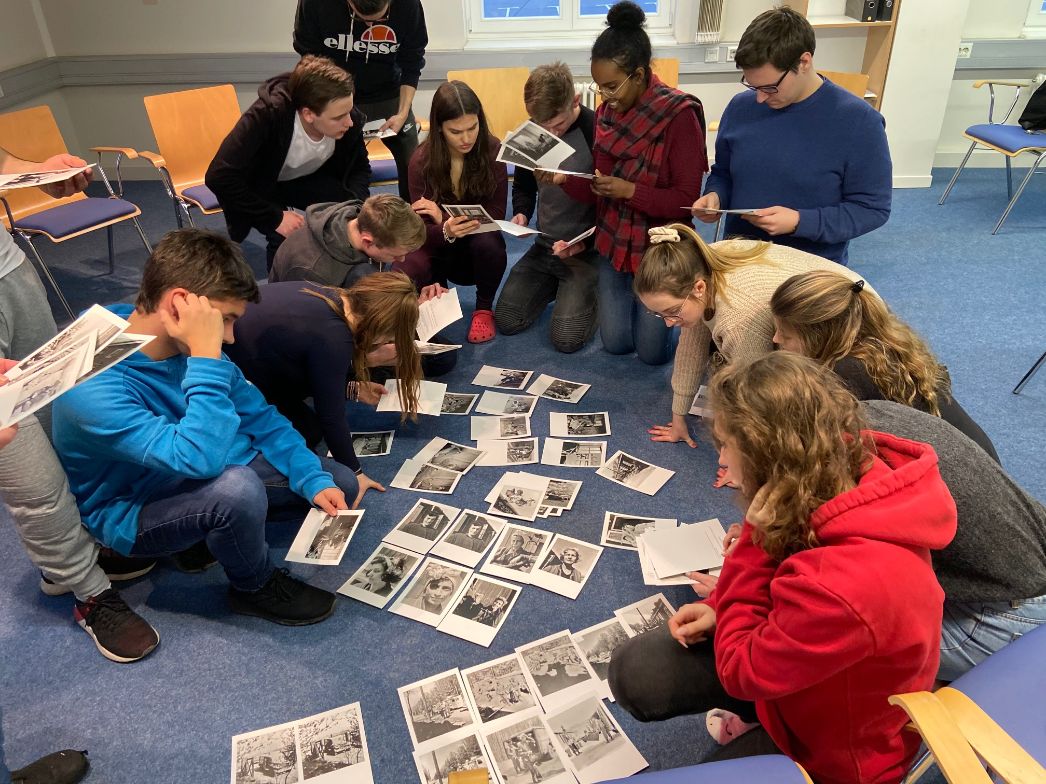
One of the Buchenwald concentration camp's women's subcamps was established in Penig, Western Saxony, in the early days of 1945. At least 703 Hungarian women reached Penig on 10 January 1945, three months before the liberation of Buchenwald. For three months, the women inmates of Penig had to work seven days a week in a three-shift system, mostly producing aircraft parts but also as secretaries or translators.
On 13 April 1945, the SS forced all women and girls "fit for transport" to set out on a death march in a southeasterly direction from Penig via Chemnitz to Leitmeritz, where the survivors were liberated by American soldiers. On the grounds of the Penig camp, units of the 3rd U.S. Army's 6th Armoured Division found at least 68 severely ill women and girls left behind by the SS when they cleared the camp.
Signal Corps photographer Samuel Gilbert and war correspondent David E. Scherman documented the medical care and evacuation of the survivors in Penig.
With the art historian and image expert Georges Didi-Huberman, we conceive of the 87 photographs as a "chunk" of surviving material that can be used to learn the critical evaluation of images. With these photographs, we can work through an event in history by assembling "what is given" (what is visible in the photos, for example) with "what is not given" (what remained outside the pictures, for example). To begin with, this simply means to take a close look at the photos.
Like all images, photos can be read on different levels. It is therefore essential to inquire into the conditions under which they were taken, their dissemination, their intended effect, how they have been used, manipulated, perceived, passed down, and protected, but also how they have been destroyed.
In addition to 87 photo cards and a leporello (fanfold book) with a montage of the 87 photos, the box also contains a leporello with the chronology 1944/45, a USB flash drive with the 87 photos (.jpg), and the film footage shot in Penig in April 1945 (.mp4) as well as an accompanying text. The learning material is available in German as well as in English, French, Polish, and Spanish.

